Table of Contents
Craving that cool, tangy dollop on your tacos? You're likely thinking of sour cream, but in Mexico, things get a little more nuanced. While sour cream does exist in Mexico, it's not quite the same as what you might find in your local grocery store. Instead, you'll often encounter "crema," a versatile dairy product with its own unique characteristics. This article dives deep into the world of sour cream in Mexico, exploring the differences between crema and its American counterpart, uncovering its cultural significance, and even providing you with a simple recipe to make authentic crema Mexicana at home. Get ready to unravel the creamy mysteries and elevate your Mexican culinary adventures!
What is Mexican Crema and How Does It Compare to Sour Cream?
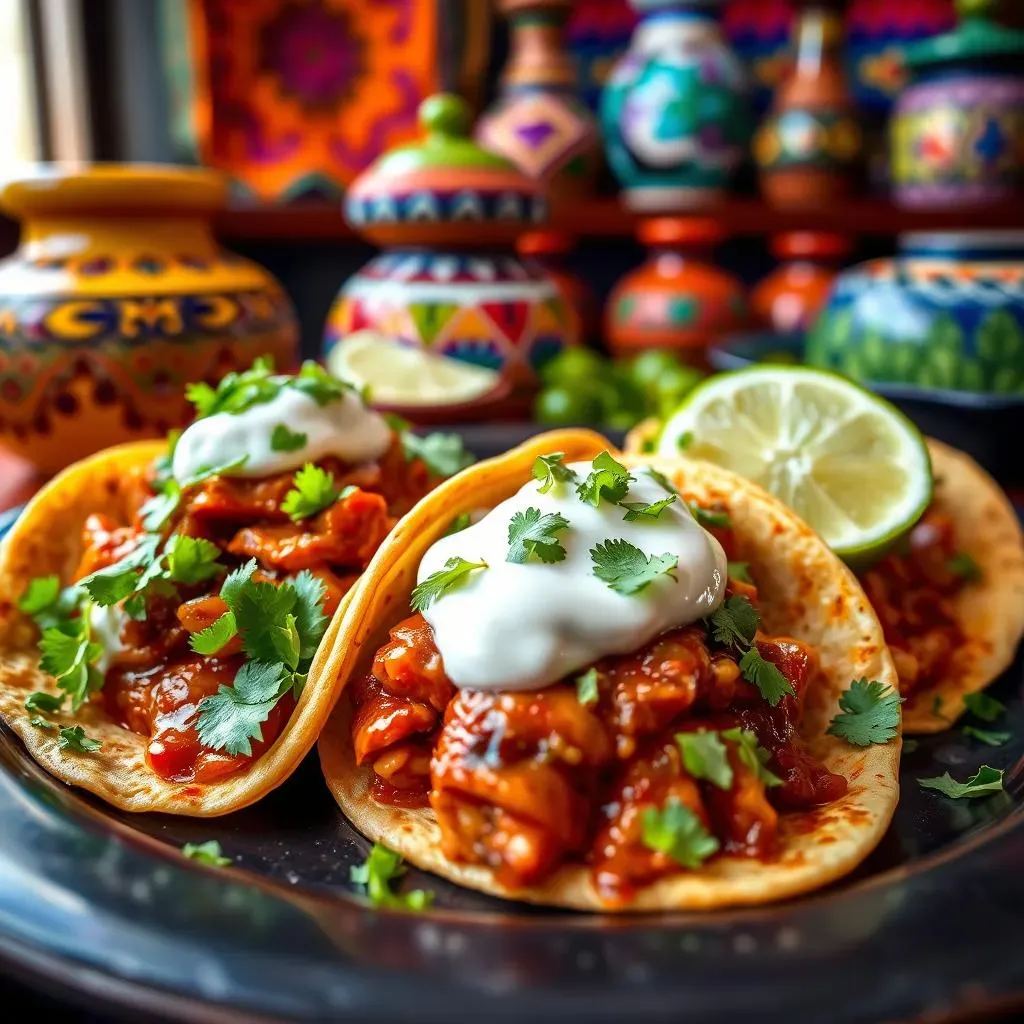
What is Mexican Crema and How Does It Compare to Sour Cream?
Defining Mexican Crema
Mexican crema, often called "crema Mexicana," is a dairy product that's a staple in Mexican cuisine. It's similar to sour cream but boasts a thinner consistency and a milder, slightly sweet flavor. Think of it as a cross between sour cream and crème fraîche. It's less tangy than American sour cream and has a higher fat content than some other creams, giving it a luxurious mouthfeel. It's the perfect finishing touch for everything from tacos to enchiladas, adding a cool, creamy counterpoint to spicy dishes. This is what makes it so common in Mexican cuisine, its mildness and how well it pairs with other flavors.
Key Differences: Crema vs. Sour Cream
The main difference lies in the production process and the resulting flavor profile. American sour cream is typically made by adding lactic acid bacteria to heavy cream, which thickens it and gives it that characteristic sour tang. Mexican crema, on the other hand, often incorporates buttermilk and sometimes lime juice, resulting in a less acidic and slightly sweeter taste. The texture is also noticeably different; crema is thinner and more pourable than the thick, spoonable sour cream you might be used to. This makes crema easier to drizzle and spread, perfect for topping dishes without being too heavy.
Culinary Applications and Substitutions
In Mexico, crema is used extensively as a topping for a wide variety of dishes. You'll find it drizzled over tacos, tostadas, quesadillas, and enchiladas. It's also a common ingredient in soups and stews, adding richness and a subtle tang. If you can't find Mexican crema, crème fraîche is often recommended as a good substitute, although it may be slightly thicker. You can also thin it out with a little lime juice or milk to achieve a similar consistency. While sour cream can be used in a pinch, be mindful of its stronger flavor, and consider diluting it with a bit of milk or cream to better mimic the delicate taste of crema.
Feature | Mexican Crema | American Sour Cream |
|---|---|---|
Flavor | Mild, slightly sweet | Tangy, acidic |
Consistency | Thin, pourable | Thick, spoonable |
Common Uses | Topping tacos, enchiladas, soups | Dips, baked potatoes, baking |
The Tangy Truth: Exploring the Nuances of Sour Cream in Mexico
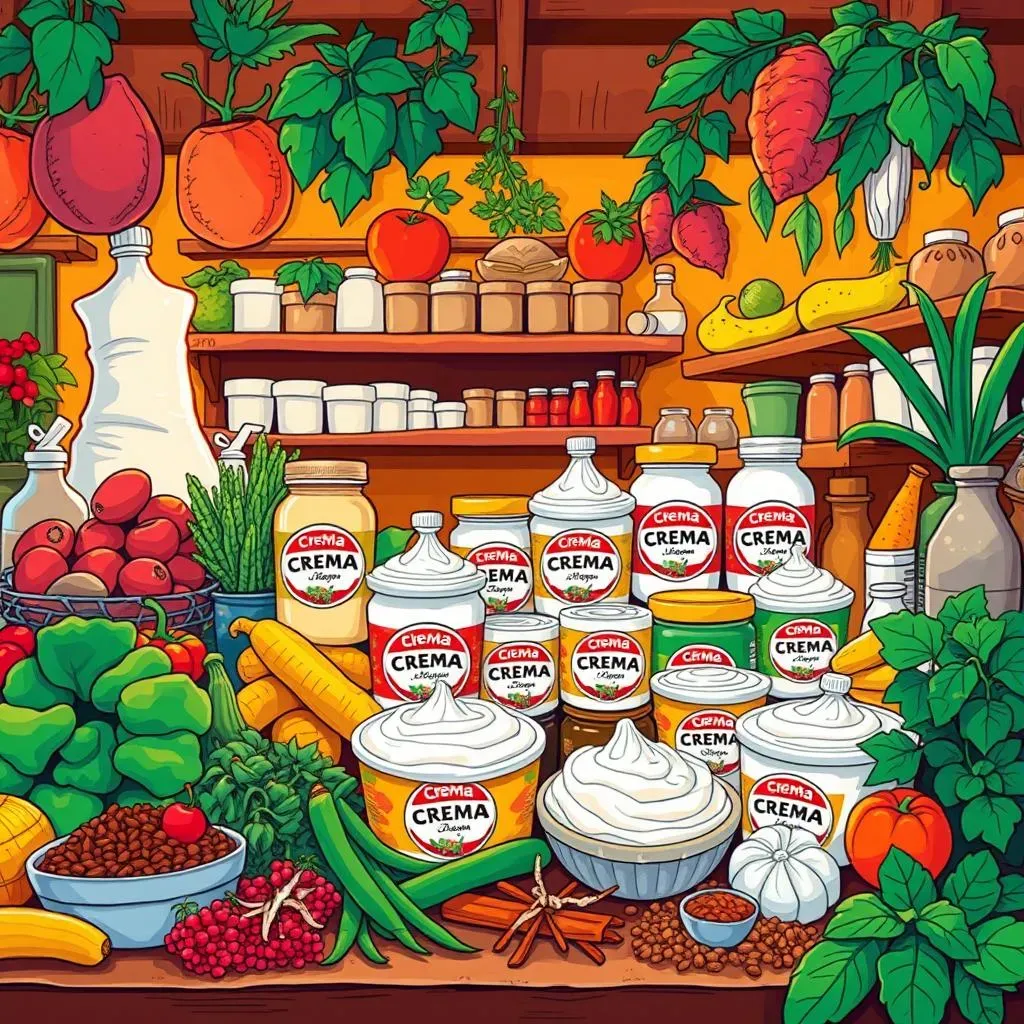
The Tangy Truth: Exploring the Nuances of Sour Cream in Mexico
So, you're diving into the world of sour cream in Mexico, huh? Excellent choice! It's a topic that's way more interesting than it sounds, trust me. Forget that one-dimensional tang you're used to; we're talking about a whole spectrum of creamy, slightly sour, and sometimes even sweet notes. The "tangy truth" is that it's not just about one flavor. It's about understanding the regional variations, the different types of "crema" available, and how they interact with the other bold flavors of Mexican cuisine. Think of it like wine – there's a whole world to explore beyond just "red" or "white." We're going to unpack all the good stuff, from the historical context to the modern-day uses, so you can truly appreciate the role of crema and sour cream in Mexican cooking.
Crema Vs. Sour Cream: Decoding Dairy Differences in Mexican Cuisine
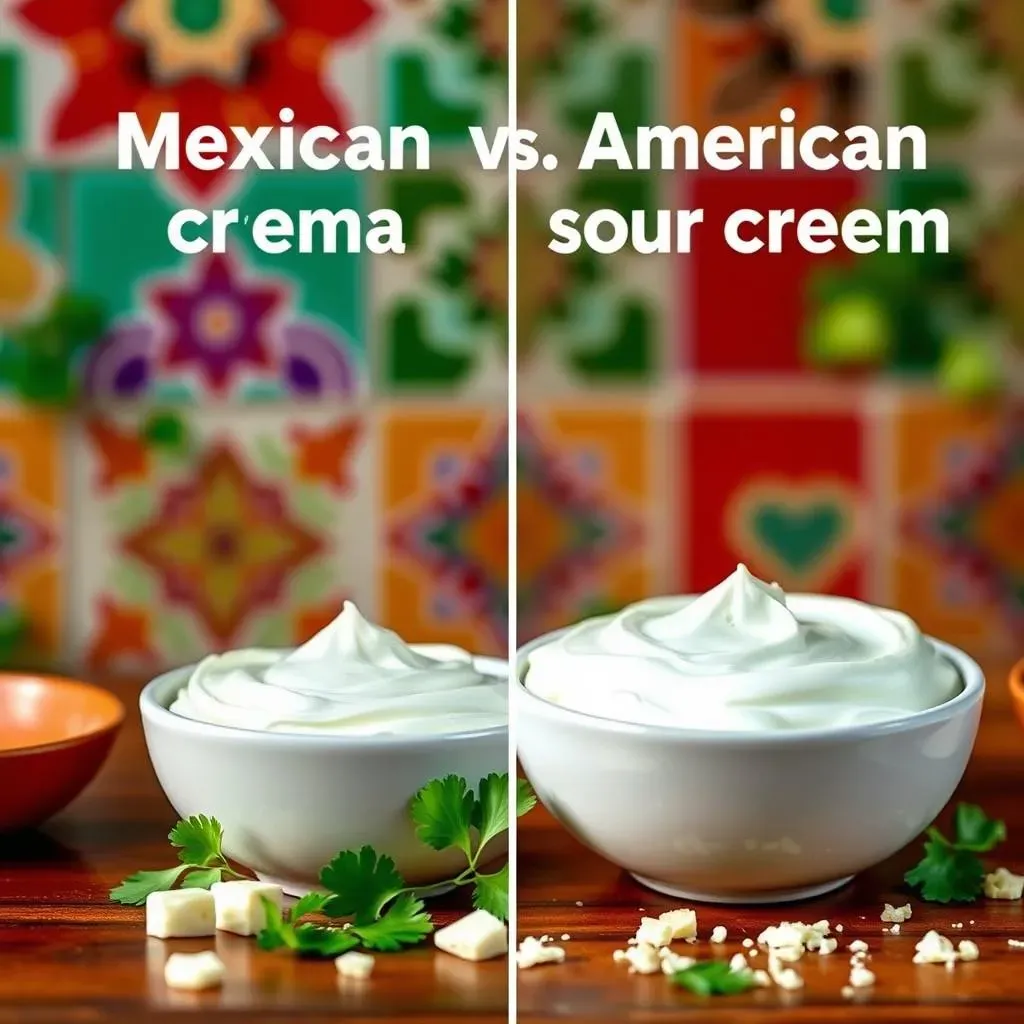
Crema Vs. Sour Cream: Decoding Dairy Differences in Mexican Cuisine
Fat Content and Flavor Intensity
Let's get down to the nitty-gritty: fat content. Mexican crema typically has a higher fat percentage than American sour cream. This contributes to its richer, smoother texture and its ability to stand up to the heat of Mexican dishes without curdling. The higher fat also mellows out the tang, creating a more balanced flavor profile. Think of it this way: sour cream is like a sharp cheddar, while crema is more like a creamy brie. Both are delicious, but they serve different purposes. Also, remember that depending on the brand and how it’s made, the exact fat content can vary, so always check the label if you're curious.
And speaking of flavor, the intensity is where these two really diverge. Sour cream packs a punch with its pronounced sourness, thanks to the lactic acid. Crema, on the other hand, offers a gentler tang, often accompanied by subtle sweet notes. This makes it incredibly versatile, complementing both savory and slightly sweet dishes. It's like the Goldilocks of dairy – not too sour, not too sweet, just right. The flavor difference also affects how they're used; sour cream is often a star ingredient in dips and sauces, while crema shines as a finishing touch.
Regional Variations and Availability
Now, here's where things get really interesting. Just like with any cuisine, there are regional variations in Mexican crema. In some areas, you might find crema with a slightly saltier or tangier flavor. Some regions even have their own unique versions, using different types of milk or adding special ingredients. Exploring these regional differences is like going on a culinary treasure hunt! Keep an eye out for local brands and ask around at Mexican markets to discover these hidden gems. You might be surprised at the variety you find.
And let's talk about availability. While American sour cream is readily available in most grocery stores in the US, finding authentic Mexican crema can sometimes be a challenge, depending on where you live. Look for it in the refrigerated section of Mexican markets or Latin American grocery stores. If you can't find it, don't despair! Crème fraîche is a good substitute, and you can always make your own crema at home (more on that later!). The key is to be resourceful and open to experimenting. After all, half the fun is in the hunt!
Characteristic | Mexican Crema | American Sour Cream |
|---|---|---|
Fat Content | Generally higher | Generally lower |
Flavor | Milder, slightly sweet, less acidic | More tangy and acidic |
Texture | Thinner, more pourable | Thicker, spoonable |
Regional Variations | Significant regional differences | More standardized |
How to Make Authentic Crema Mexicana: A DIY Sour Cream Guide
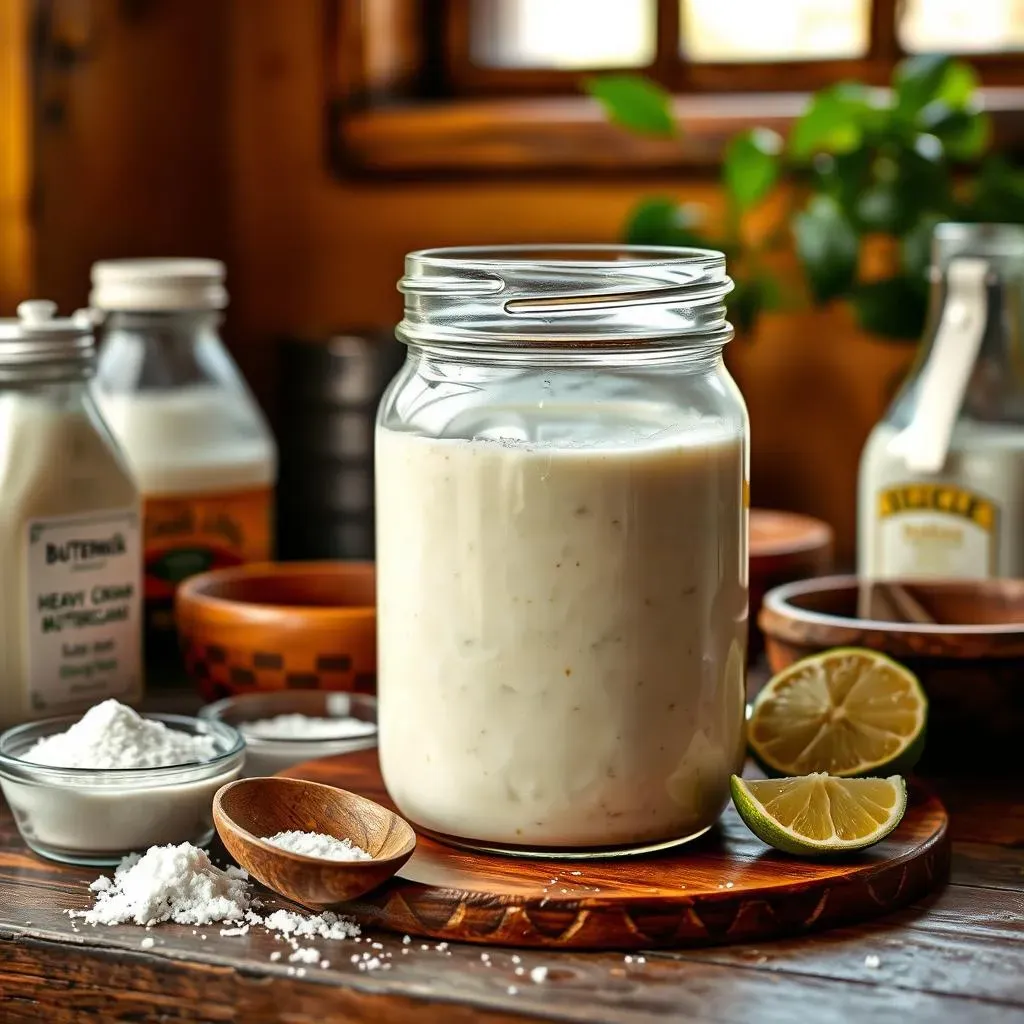
How to Make Authentic Crema Mexicana: A DIY Sour Cream Guide
The Simple Ingredients You'll Need
so you're ready to ditch the store-bought stuff and whip up your own Crema Mexicana? Awesome! You won't believe how easy it is. Seriously, we're talking minimal effort for maximum flavor. All you need is heavy cream, buttermilk, lime juice, and a pinch of salt. That's it! No fancy ingredients or complicated techniques required. The heavy cream provides the richness, the buttermilk adds a subtle tang, the lime juice brightens the flavor, and the salt balances everything out. Make sure you use good quality heavy cream for the best results – it makes a noticeable difference in the final product. And don't skimp on the fresh lime juice; that's key to getting that authentic Mexican flavor.
Now, let's talk ratios. A good starting point is 1 cup of heavy cream, 2 tablespoons of buttermilk, 1 tablespoon of lime juice, and a pinch of salt. But feel free to adjust these to your liking. Want a tangier crema? Add a bit more lime juice. Prefer a richer flavor? Use a higher fat heavy cream. The beauty of making it yourself is that you can customize it to perfectly suit your taste. Once you've got your ingredients, simply whisk them together in a bowl until well combined. That's literally all there is to it! Now comes the hardest part: waiting.
Ingredient | Amount | Purpose |
|---|---|---|
Heavy Cream | 1 cup | Provides richness and body |
Buttermilk | 2 tablespoons | Adds tang and helps with thickening |
Lime Juice | 1 tablespoon | Brightens flavor and aids in thickening |
Salt | Pinch | Enhances flavor |
The Waiting Game: Thickening and Flavor Development
Patience is a virtue, especially when it comes to making Crema Mexicana. After you've whisked together your ingredients, cover the bowl and let it sit at room temperature for at least 12-24 hours. This allows the buttermilk to work its magic, thickening the cream and developing that signature tangy flavor. Don't be tempted to rush the process! The longer it sits, the thicker and more flavorful it will become. If you live in a very warm climate, you might want to refrigerate it after about 12 hours to prevent it from spoiling. Just keep an eye on it and check the consistency periodically.
Once it's reached your desired thickness, give it a good stir and store it in an airtight container in the refrigerator. It will continue to thicken slightly as it chills. Homemade Crema Mexicana will keep in the fridge for up to a week, so you can enjoy it on all your favorite Mexican dishes. And if it gets too thick, simply whisk in a little more lime juice or buttermilk to thin it out. See? Easy peasy! Now go forth and conquer the world of homemade crema!
Beyond Toppings: Creative Culinary Uses for Mexican Sour Cream
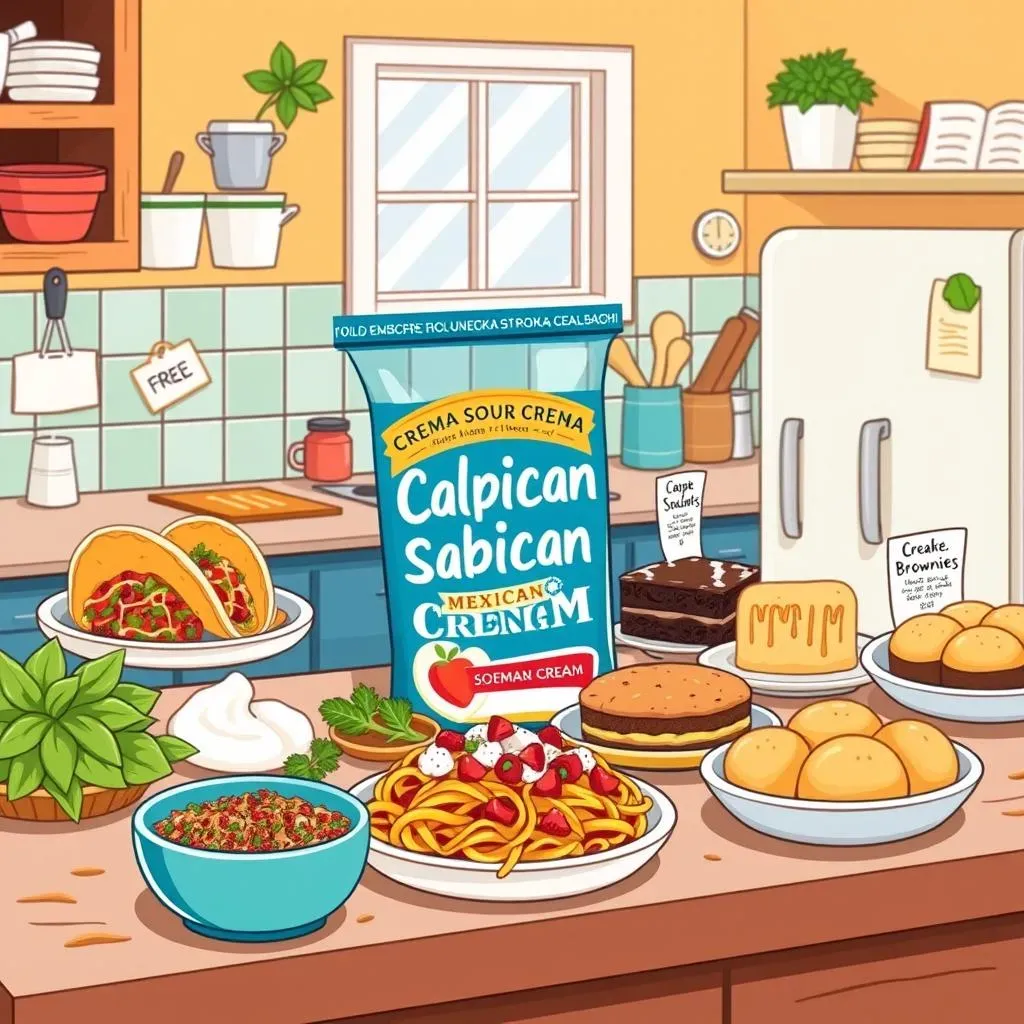
Beyond Toppings: Creative Culinary Uses for Mexican Sour Cream
so you've mastered the art of drizzling Mexican sour cream on your tacos – now what? Don't let that creamy goodness sit idle! Crema Mexicana is way more versatile than just a topping. Think of it as a secret weapon in your kitchen, ready to add a touch of richness and tang to all sorts of dishes. For starters, try using it as a base for creamy sauces. It adds a lovely depth of flavor to pasta sauces, dips, and even salad dressings. Instead of reaching for heavy cream, lighten things up with a dollop of crema. It'll give you that same creamy texture without being overly rich. It’s really a game changer.
But the creativity doesn't stop there! Mexican sour cream can also be used in baking. Add it to cake batters for extra moisture and a subtle tang, or swirl it into your favorite brownie recipe for a decadent twist. It even works wonders in savory baked goods like biscuits and scones, adding a hint of sourness that complements the other flavors perfectly. And if you're feeling adventurous, try using it as a marinade for chicken or fish. The acidity helps tenderize the meat, while the creamy texture keeps it moist and flavorful during cooking. Trust me, once you start experimenting, you'll discover endless ways to incorporate Mexican sour cream into your culinary creations. The only limit is your imagination!
The Creamy Conclusion: Your Guide to Sour Cream in Mexico
So, whether you're exploring the vibrant street food scene of Mexico or recreating authentic dishes in your own kitchen, understanding the nuances of crema and its relationship to sour cream is key. From its slightly sweeter, thinner texture to its versatility as a topping and ingredient, crema Mexicana offers a unique culinary experience. Now armed with the knowledge of its origins, differences, and even a DIY recipe, you can confidently navigate the world of Mexican dairy and elevate your dishes with the perfect creamy touch. ¡Buen provecho!